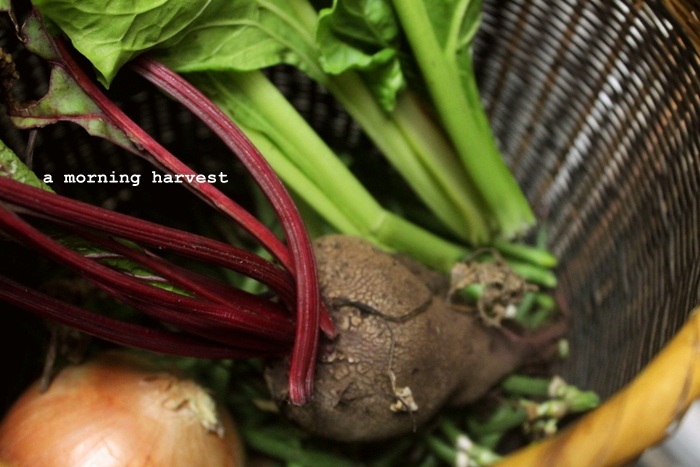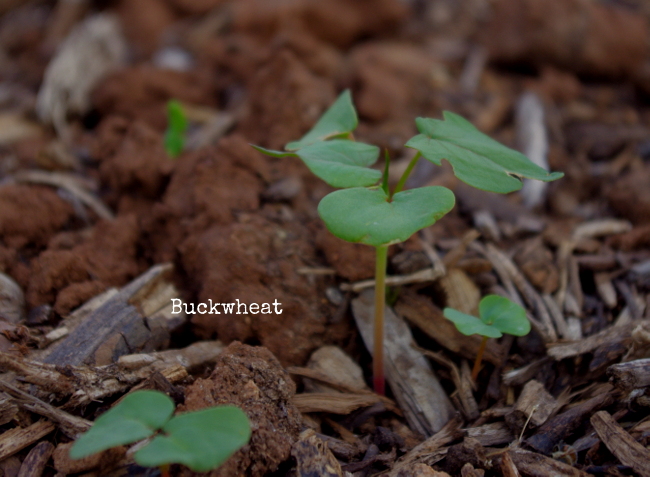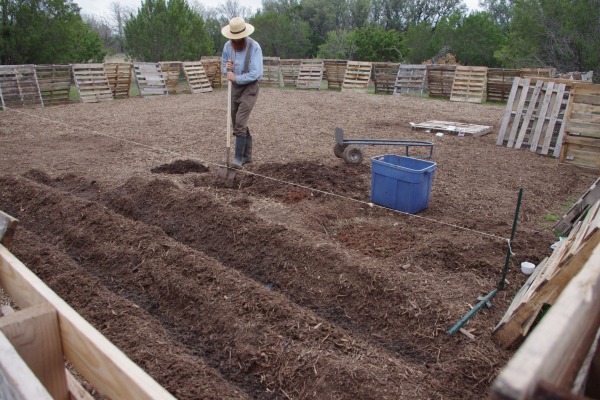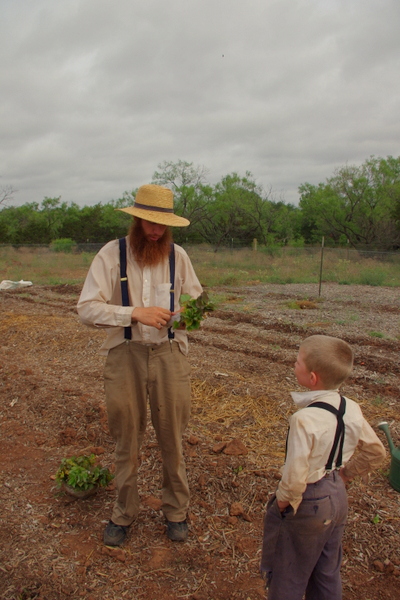Edible Landscaping with a Permaculture Twist: a review
I’ve now read more books than I can count on the topics of gardening, permaculture, orchardry err fruit-growing (see, no clue), and general homesteading. And I still fly by the seat of my pants when it comes to just about everything around here.
I bounce around garden areas, watering, fertigating, thinning, side-dressing with comfrey, and saying things like “We really should prune those fruit trees this winter” and “We could grow a ton of this stuff to feed goats!” As if I know anything about any of that stuff.
We’re in the on-the-job training program around here, and one of the educators we’ve had is a collection of books on sustainability. Every time I crack open the pages to a new book on gardening, sustainability, permaculture, or land management; I think it’ll just be the same-old, same-old. But I am happy to continue to be proved wrong with books like Edible Landscaping with a Permaculture Twist.
I think this books is great for folks like me who need someone to simplify the basics of permaculture with doable small steps.

On the surface, it looks like a book for the urban or backyard homesteader, but within the pages of Edible Landscaping, Michael Judd has distilled some of the most important concepts in the permaculture world into simple steps anyone can take on their homestead.
Beneficial Concepts Covered Include:
- Swaling, passive irrigation, rain gardens and water catchment.
- A great diagram depicting how to create “black gold” compost.
- Choosing obscure fruit varieties for better production in tougher conditions.
- Hugelkultur beds and how to make them.
- How to make a super simple tool for finding the contour lines of your property.
- A nice list of sources for fruit trees, berry bushes, and other plants for your homestead.
The A-Frame for Swales
One of the things we tried from the book was the A-frame tool you can make in about five minutes. This incredibly simple tool allows you to find the contour of your property for the purpose of digging swales, with only a few scraps of wood and a level. Stewart has been using it ever since in different places on the property and it has worked great! And somehow, amongst the slew of permaculture books and websites I’ve read through, I have never seen this tool mentioned anywhere.
In the end, I found Edible Landscaping to be an enjoyable read and a valuable resource for those who need permaculture concepts simplified enough to motivate them to get out there and get started.
Other books we’ve drawn inspiration from:
- The Resilient Gardener
- Gardening When It Counts
- Backyard Farming on an Acre
- Sowing Seeds in the Desert
- Growing Food in a Hotter, Drier Land





I’ll keep this book in mind, thank you for letting us know what you think about it.